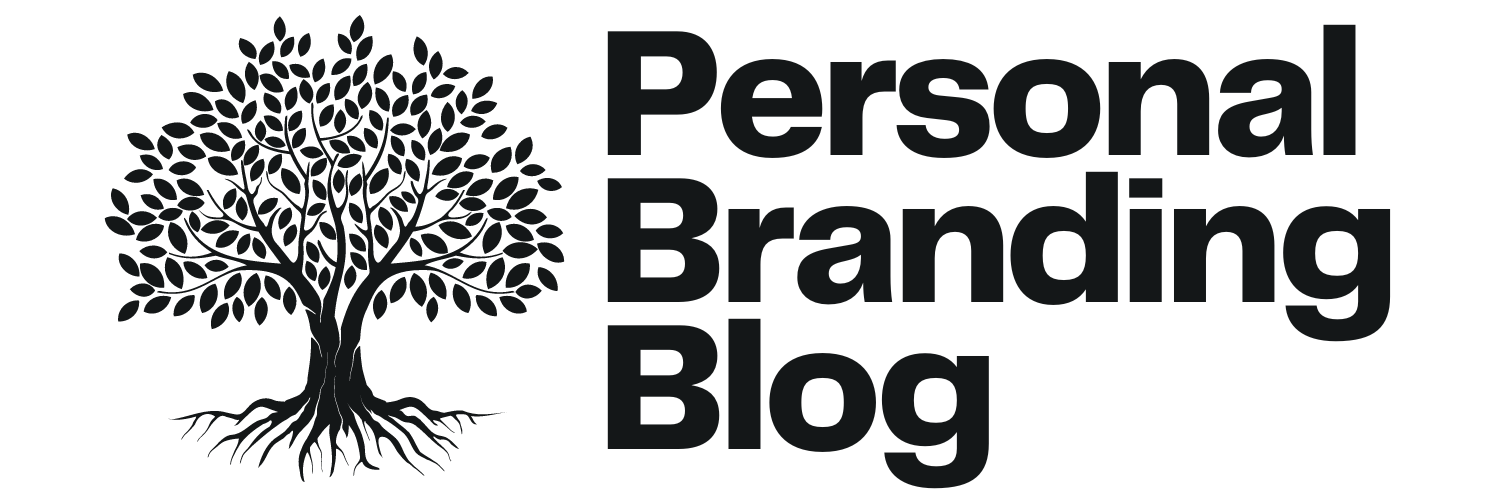This article concludes a three-part series that offers you techniques to help you achieve more.
To recap,
- The first part covered the significance of prioritizing sleep, following a balanced diet, exercising regularly, managing stress, and cultivating hobbies and interests.
- In the second part, we explored nurturing fruitful relationships and setting healthy boundaries.
Here, we look at three additional strategies: crafting clear and measurable goals, focusing on high-value tasks, and developing consistent rituals.
SET CLEAR AND MEASURABLE GOALS
Lewis Carroll aptly conveys the importance of constructing clear and measurable goals with, “If you don’t know where you are going, any road will get you there.”
TIPS:
- Develop a clear vision of what you want to achieve. As Zig Ziglar suggests, “A goal properly set is halfway reached.” Without a roadmap, it is easy to get sidetracked or lose momentum. With one, you increase your chances of success.
- Connect your goals to a why. According to a study by Harvard Business Review, people who connect their goals to a reason and purpose are more likely to achieve them. When you understand the “why” behind your efforts, you can eliminate distractions or other tasks that are not in alignment with your desired outcome.
- Create an action plan. Break your goals into smaller, manageable parts with deadlines. This keeps you focused and motivated, making your goals more achievable.
- Write it down, together with your whys, and keep it visible. According to a study by Dr. Gail Matthews, a psychology professor at Dominican University of California, those who write down their goals and commit to action steps are more likely to achieve them than those who don’t.
- Use a framework, such as the SMART method—specific, Measurable, Achievable, Relevant, and Time-bound.
- Execute DAILY. You can’t stop at the planning stage. You must act consistently for your success.
- Anticipate obstacles. Ask yourself, “What could prevent me from accomplishing this goal?” Identify and write down your potential obstacles, excuses, fears, or barriers, and how you will navigate them.
- Track your progress. Behavioral economist Dan Ariely has found that monitoring your goals and performance can have a powerful impact, driving us to work harder to meet our targets. Use a habit tracker app, a journal (my go-to tool), or a simple calendar to record your daily or weekly achievements.
- Review and adjust your strategies. Schedule regular check-ins. Assess whether your approach is working. Be flexible. Modify your goals as circumstances and priorities change. Learn from “failures.”
- Reward yourself. Rewarding yourself for the little wins as well as the big ones reinforces the behavior and will help you stay motivated to succeed.
CULTIVATE CONSISTENT HABITS
Habits are the consistent, deliberate, small actions we take that accumulate into the big results over time. They are powerful because they allow you to automate our behavior and advance towards your goals without relying solely on willpower. Developing good habits positions us for success.
TIPS:
- Start Small and Build Up.
- “The holy grail of habit change is not a single 1% improvement, but a thousand of them. It’s a bunch of atomic habits stacking up, each one a fundamental unit of the overall system.” – James Clear, author of “Atomic Habits.”
- Rather than attempting a complete lifestyle overhaul, start with small, manageable changes. Gradually increase the difficulty or duration as the new behavior becomes more ingrained. This approach makes rituals feel less daunting and increases your chances of success.
- Use the Two-minute Rule when creating new rituals.
-
Make It Obvious.
- “The most persistent behaviors tend to be associated with some sort of environmental cue.” – Nir Eyal, author of “Indistractable.”
- Create visual cues or reminders that trigger your desired habit. For example, place your running shoes by the door or keep healthy snacks at eye level in your pantry. I keep the unhealthy splurges hidden and it sometimes takes a lot of determination to avoid them. These prompts make it easier to remember and act on your habits.
-
Leverage Habit Stacking.
- “The best way to start a new habit is to tie it to an existing habit.” – BJ Fogg, founder of the Behavior Design Lab at Stanford University.
- Habit stacking involves linking a new habit to an existing one. For instance, I walk for 30 minutes after every meal, listening to my favorite music or talks. This approach simplifies the process of remembering and integrating new habits into your daily routine.
-
· Make It Enjoyable.
- “The more we enjoy an activity, the more we’ll want to keep doing it.” – Gretchen Rubin, author of “Better Than Before.”
- Discover ways to make your new habits more enjoyable or rewarding. Listen to your favorite music or podcast while exercising or treat yourself to a small reward after completing a challenging task. When habits are pleasurable, we are more likely to stick with them.
-
· Be Patient and Persistent.
- “Habits are formed by the repetition of a particular act. They are strengthened by an increase in the number of repeated acts.” – Aristotle.
- Building lasting habits takes time and continual commitment. Do not be discouraged if you falter or experience setbacks. Habit formation is a process, and progress may not be linear. Reaffirm your goals and keep honing your new habits. With patience and persistence, they will become ingrained.
PRIORITIZE AND FOCUS ON HIGH-VALUE TASKS
With assorted goals competing for our fixed time, we should identify and focus on high-value activities to maximize productivity and accelerate progress.
TIPS:
- Identify key objectives: Determine which tasks best align with your goals.
- Evaluate urgency and importance: Utilize tools to prioritize/rank tasks.
- The Eisenhower Matrix categorizes tasks based on their urgency and importance.
- The Pareto Principle, also known as the 80/20 rule, suggests that 80% of your results come from 20% of your efforts. By identifying and focusing on the vital few tasks that yield the most significant impact, you can prioritize your efforts and achieve greater results with less effort.
- The Ivy Lee Method involves writing down your six most important tasks for the day, prioritizing them, and then focusing solely on the first task until it is completed. By tackling your most important tasks first and avoiding multitasking, you can increase your productivity and achieve your goals more efficiently.
- The 1-3-9 Prioritization Technique plans for 1 critical task, 3 important tasks, and 9 nice-to-do tasks each day. This ensures you make time for top priorities while also allocating effort to smaller tasks.
- Delegate or eliminate low-priority tasks: Assign tasks that don’t need your expertise or eliminate tasks that don’t support your goals.
- Chunk tasks into smaller steps: Break tasks into manageable items.
- Remember psychologist Gilbert Brim’s Goldilocks Rule: “Humans experience peak motivation when working on tasks that are right on the edge of their current abilities. Not too hard. Not too easy. Just right.”
- Pinpoint your most productive times of the day for your deep work: Review your journal notes.
- Time block: Allocate dedicated time slots in your schedule for high-value tasks.
- The Pomodoro Technique involves breaking your work into 25-minute intervals called “Pomodoros,” separated by short breaks. You can minimize distractions and increase productivity by focusing intensely on a single task for a set period.
- Minimize distractions: Create a conducive environment by identifying and removing potential distractions or triggers that could derail your actions. For instance,
- Declutter your workspace.
- Put your phone in another room.
- Limit access to certain websites and apps.
- Tell your loved ones that this time is “do not disturb” except for emergencies.
- Leverage accountability partners: Enlist the support of trusted friends, family members, advisors, mentors, and/or online communities. Hire an executive coach. Individuals with supportive relationships are more likely to achieve their goals.
- Task Management & Time Tracking Tools: I have not used any of these tools, and I welcome your feedback on the pros and limitations of any you use. Instead, I created a system to track my behaviors, emotions, goals, tasks, triggers, and more in my journal.
CONCLUSION:
Throughout this series, I have shared a plethora of tools and tactics to help you achieve more. The onus remains with you to intentionally choose the ones that could benefit you. Start today. Go slow. Be disciplined in your actions. Like all successful individuals, do the work. Remember your whys. Enjoy the Journey. And, please let me know of the impact these tools are having on your progress.
***********
Kasindra Maharaj is the Founder and Chief Momentum Officer at KM Career Insights – a boutique establishment providing coaching services and workshops to professionals.
With her diverse upbringing and progressive perspectives, she believes in offering fair opportunities for all. Across her portfolio career, Kasindra delivered notable feats as a consumer insights expert, a data miner, and an educator.
You can reach or follow Kasindra via www.LinkedIn/IN/KasindraMaharaj, X: @KasindraMaharaj, or at www.kasindramaharaj.com.
***********
AI generated image.









